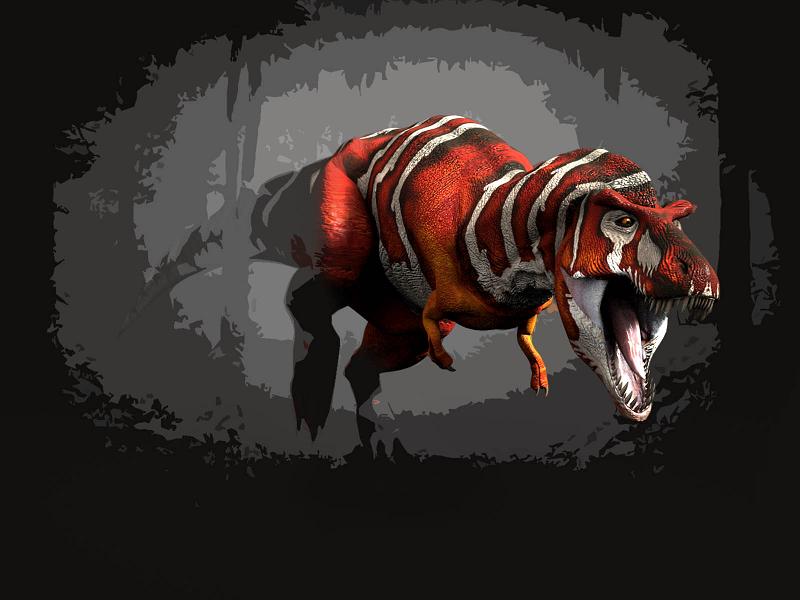Picture this: a cosmic bullet traveling at incredible speeds, carrying the power to reshape Earth’s surface in just seconds. About 50,000 years ago, such a meteorite slammed into the Deccan Plateau in Maharashtra, India, creating something extraordinary that scientists are still studying today. The Lonar Crater stands as one of the most unique geological formations on our planet, where ancient basalt rock meets extraterrestrial impact in a spectacular display of nature’s raw power.
This isn’t just any crater – it’s a perfectly preserved window into cosmic violence that happened when our ancestors were still learning to make stone tools. The perfectly circular depression, now filled with a mysterious alkaline lake, represents one of only four known impact craters on Earth formed entirely in basalt rock. What makes this place even more fascinating is how it has become a thriving ecosystem, supporting life forms that exist nowhere else on Earth.
The Cosmic Collision That Started It All
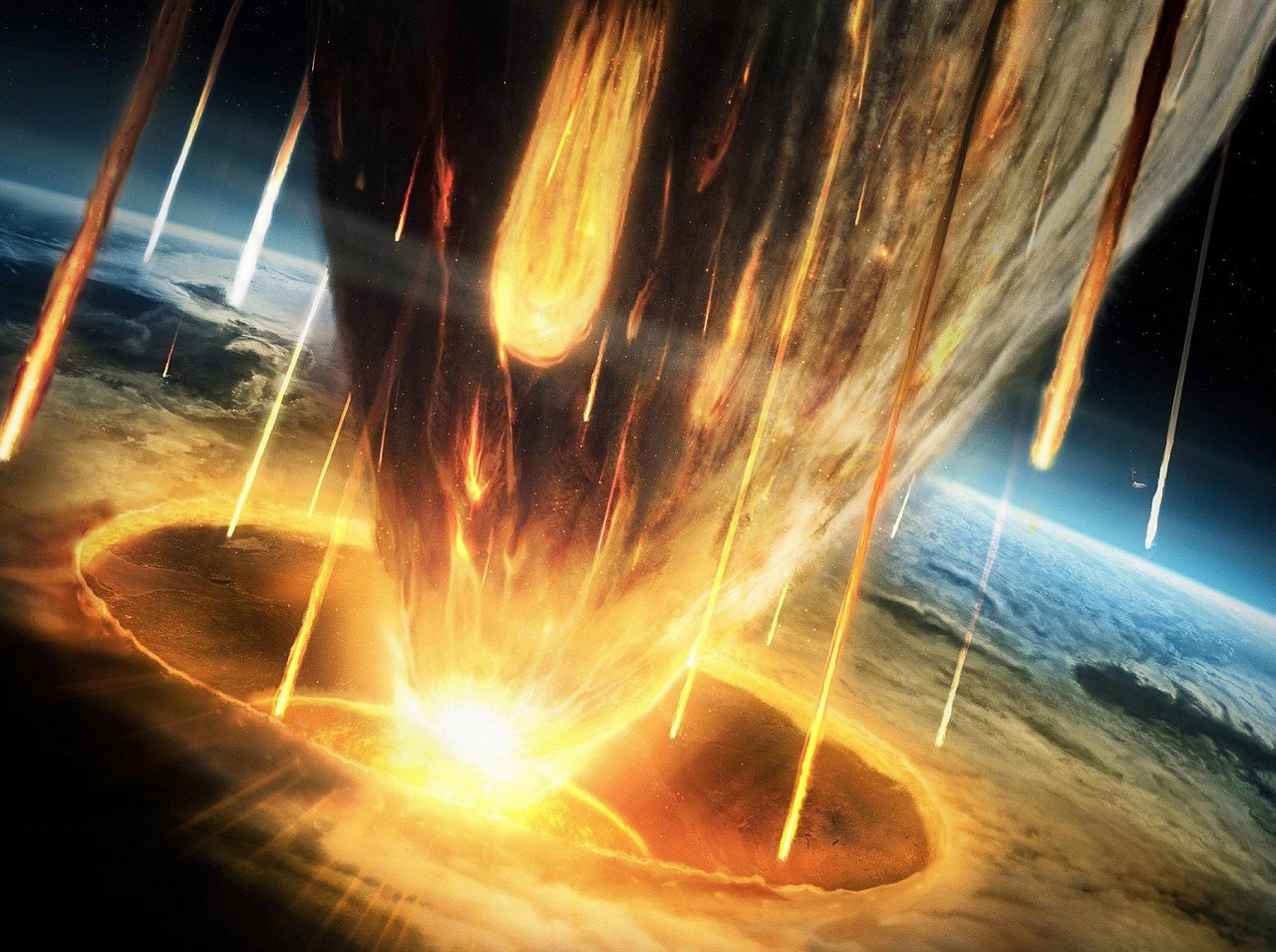
When the meteorite struck the Deccan Plateau, it unleashed energy equivalent to millions of atomic bombs in a single devastating moment. The impact created a crater measuring 1.8 kilometers across and 150 meters deep, with the force literally melting the surrounding basalt rock. Scientists estimate the meteorite was roughly 60 meters in diameter, traveling at speeds of around 90,000 kilometers per hour when it hit.
The collision happened during the Pleistocene epoch, a time when saber-toothed cats roamed the Earth and early humans were just beginning to develop complex societies. The shockwaves from this impact would have been felt hundreds of kilometers away, creating a catastrophic event that forever changed the local landscape. What’s remarkable is how nature has since reclaimed this scar, transforming it into something beautiful and scientifically invaluable.
Ancient Basalt: The Foundation of Wonder
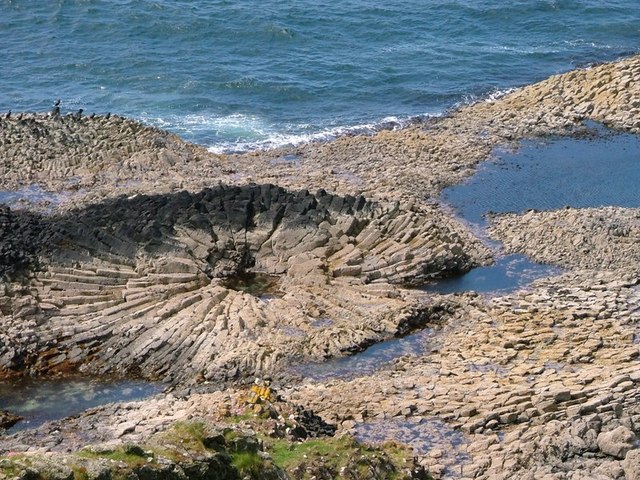
The Deccan Plateau, where Lonar Crater sits, is built from layers of basalt rock that formed around 65 million years ago during massive volcanic eruptions. These eruptions were so extensive they may have contributed to the extinction of dinosaurs, creating one of the largest volcanic provinces on Earth. The basalt here is incredibly hard and dense, making it the perfect material to preserve the impact crater’s original shape.
This ancient volcanic rock tells its own story through layers that scientists can read like pages in a book. Each layer represents a different eruption event, creating a geological timeline that spans millions of years. The fact that the meteorite struck this particular type of rock is what makes Lonar Crater so special – basalt’s unique properties have helped preserve the impact structure better than most other rock types would have.
A Lake Born from Violence
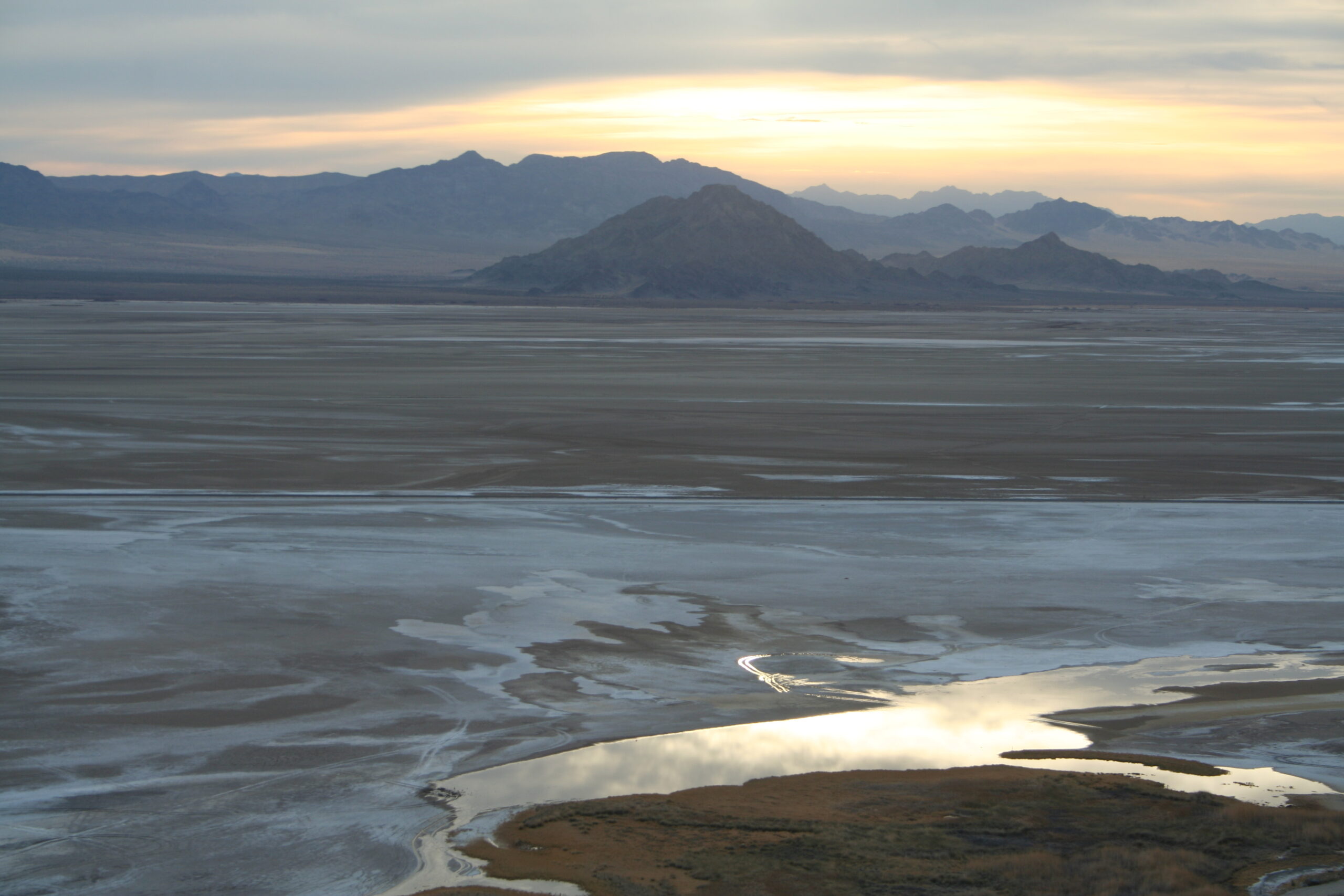
The alkaline lake that now fills the crater bottom is a world unto itself, with water so unique that it supports life forms found nowhere else on Earth. This isn’t your typical freshwater lake – the water has a pH level similar to household bleach, making it one of the most alkaline natural bodies of water on the planet. The lake’s distinctive green color comes from algae that have adapted to thrive in these extreme conditions.
What’s truly fascinating is how this lake formed over thousands of years through a combination of rainwater collection and underground springs. The water has dissolved minerals from the surrounding basalt, creating a chemical soup that would be toxic to most life forms. Yet somehow, nature has found a way to make this harsh environment a cradle for specialized organisms that have evolved to call this place home.
The Mystery of the Missing Meteorite
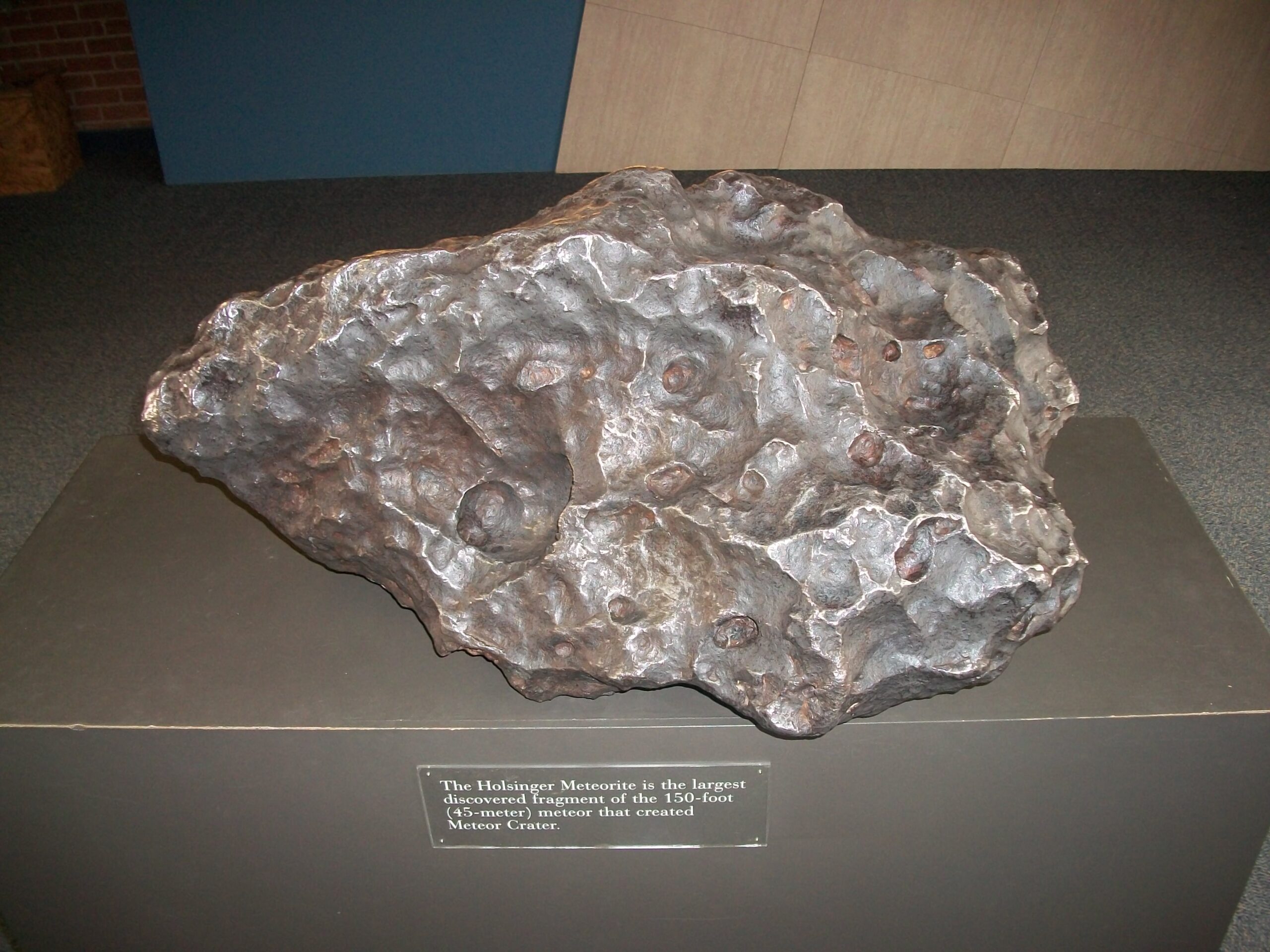
One of the most intriguing aspects of Lonar Crater is that scientists have never found substantial pieces of the original meteorite. Unlike other impact sites where fragments of the cosmic visitor can be recovered, the Lonar meteorite seems to have completely vaporized upon impact. This total destruction speaks to the incredible energy released during the collision – temperatures reached over 2,000 degrees Celsius, hot enough to melt rock and completely obliterate the incoming space rock.
Some researchers believe tiny traces of the meteorite might still exist as microscopic particles mixed into the crater’s melted rock, called impact breccia. These minute remnants could hold clues about the meteorite’s composition and origin, potentially telling us whether it came from the asteroid belt or somewhere even more distant. The search for these cosmic breadcrumbs continues to this day, with each new analysis technique offering hope of unlocking the meteorite’s secrets.
Unique Ecosystem: Life in Extreme Conditions
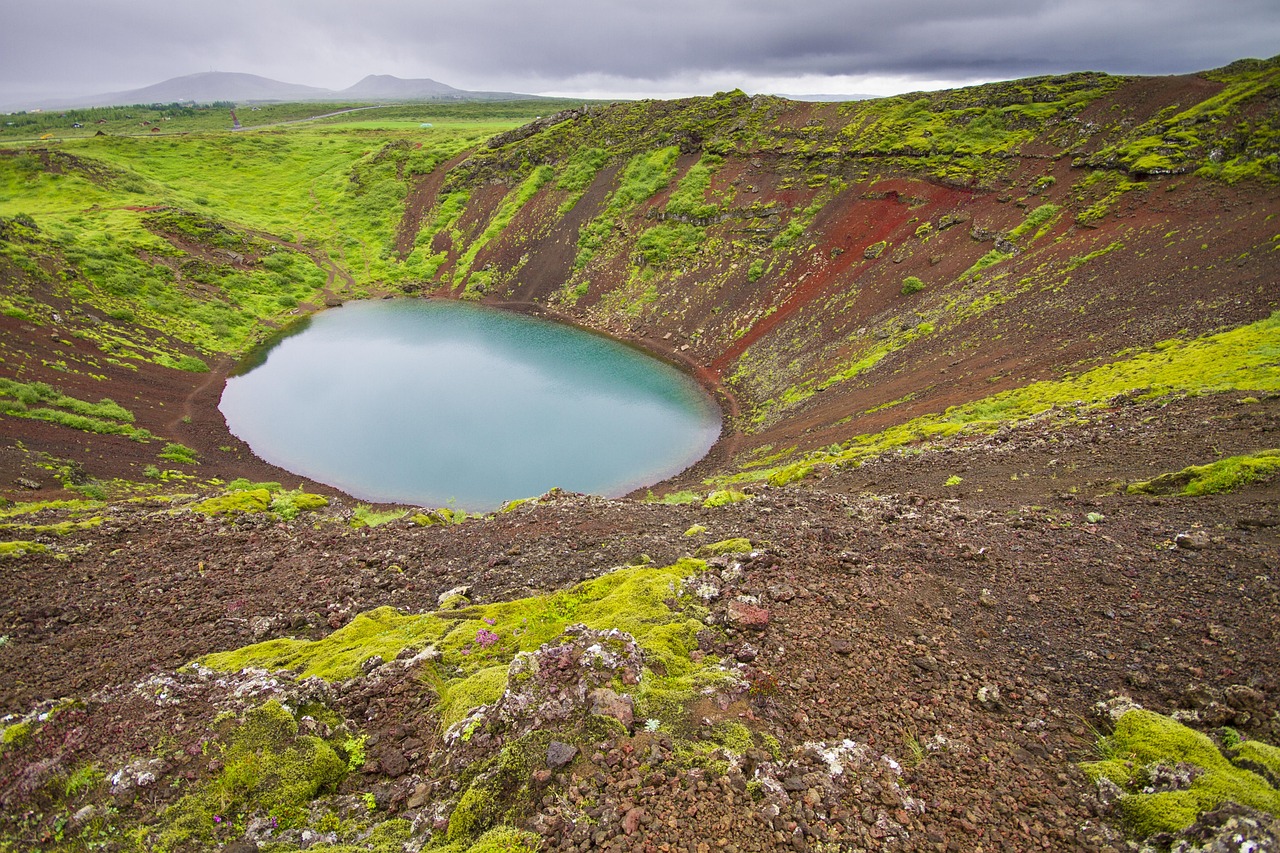
The crater’s ecosystem is like something from an alien world, hosting organisms that have adapted to survive in conditions that would kill most life forms. The alkaline water supports unique species of bacteria, algae, and even some fish that have evolved specialized mechanisms to handle the extreme pH levels. These organisms represent millions of years of evolution in action, showing how life finds ways to thrive even in the harshest environments.
Scientists have discovered that some of the microorganisms living in the lake produce compounds that could have applications in medicine and biotechnology. These extremophile bacteria are particularly interesting because they might represent the type of life that could exist on other planets with similarly harsh conditions. The crater has essentially become a natural laboratory for studying how life adapts to extreme environments.
Geological Time Capsule
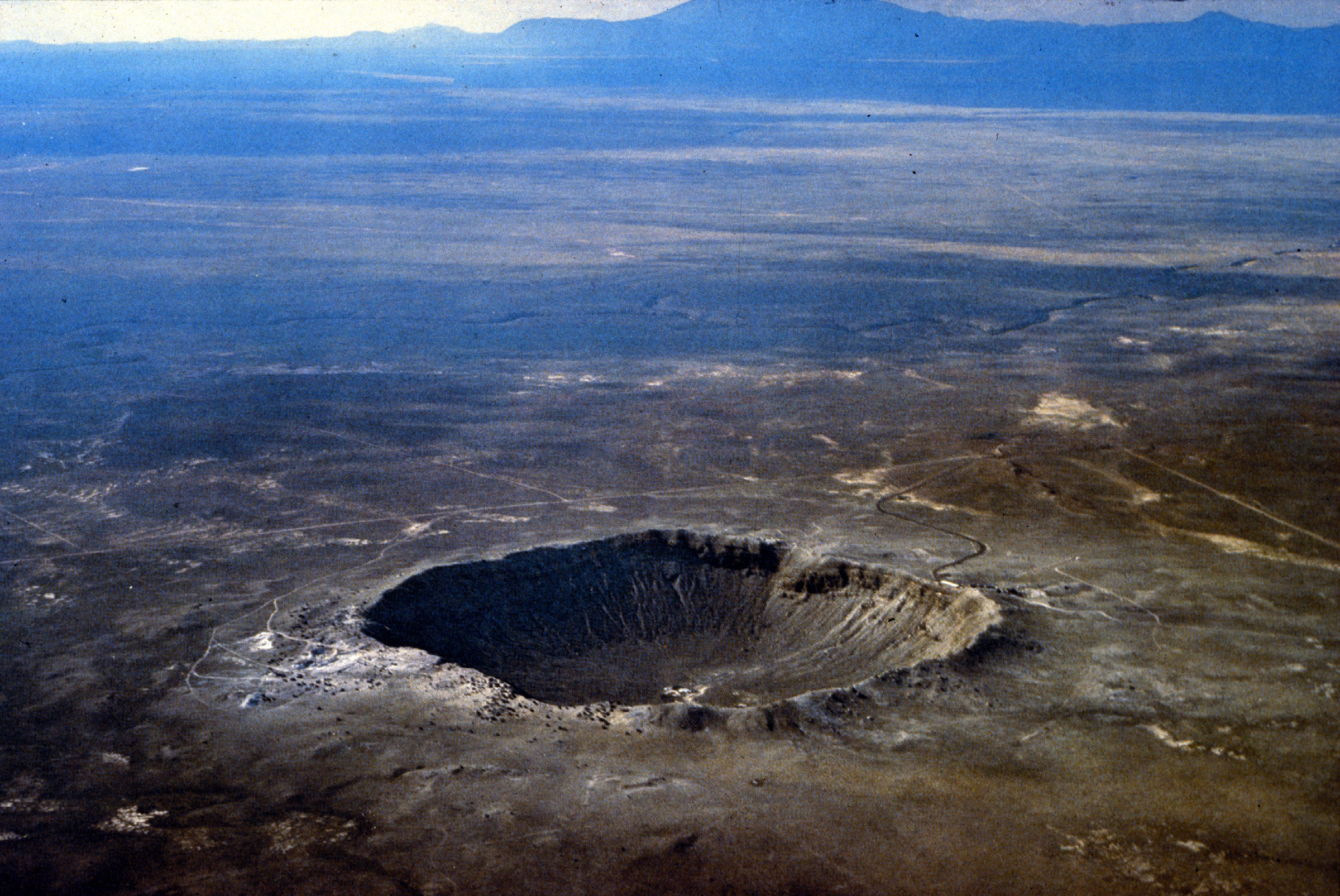
The crater serves as a frozen moment in geological time, preserving evidence of the impact that created it in remarkable detail. The rim of the crater still shows the raised edges typical of meteorite impacts, while the surrounding area contains shocked minerals that only form under the extreme pressures of cosmic collisions. These minerals, including maskelynite and coesite, are like fingerprints that prove the crater’s extraterrestrial origin.
Geologists study these impact features to understand not just what happened at Lonar, but how similar impacts have shaped planetary surfaces throughout the solar system. The crater’s excellent preservation makes it an ideal analog for studying impact craters on the Moon and Mars, where erosion hasn’t worn away the original features. Every rock sample from Lonar tells part of the story of that catastrophic moment 50,000 years ago.
Scientific Significance and Research
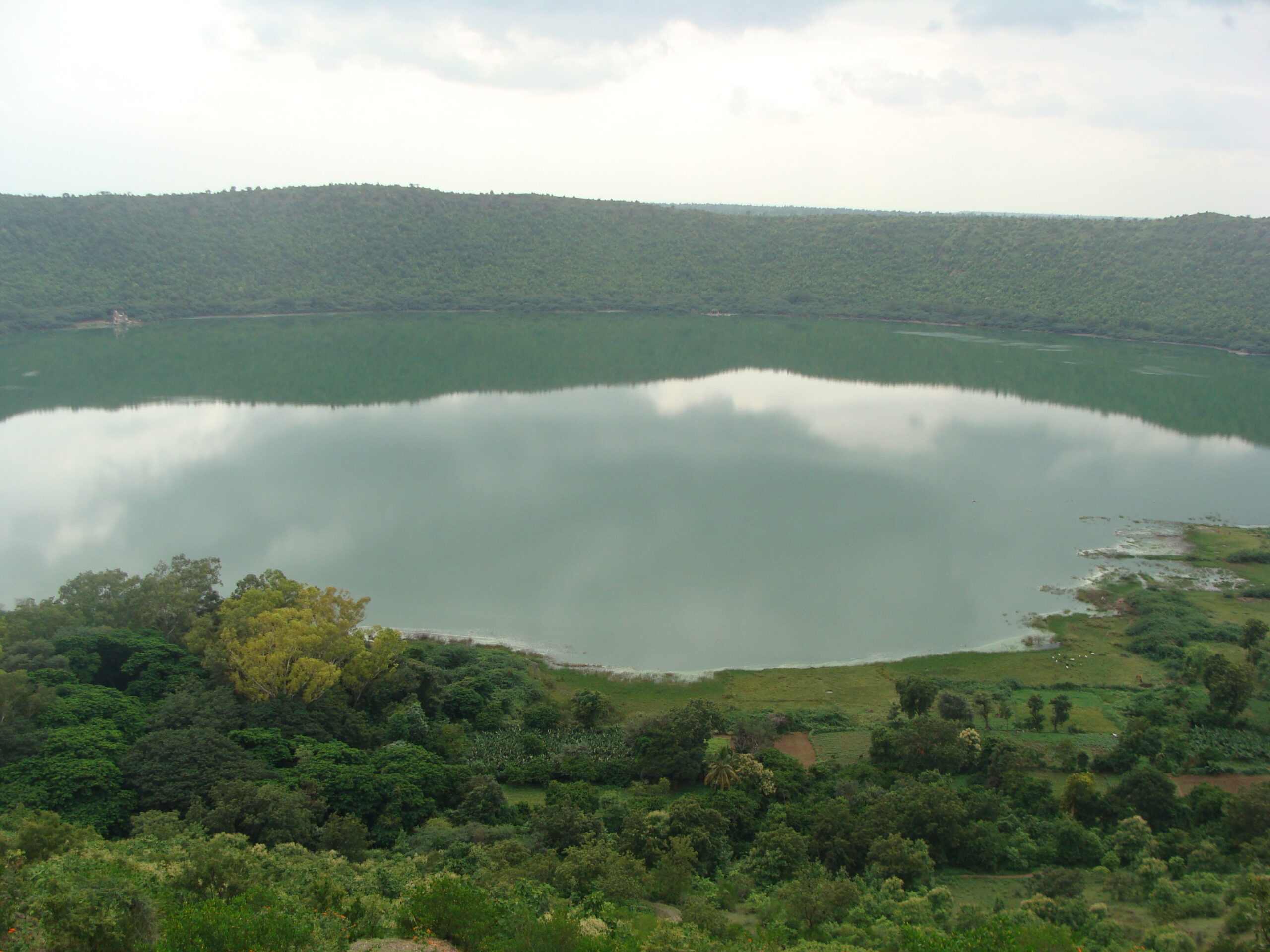
Lonar Crater has become a crucial site for understanding impact processes and their effects on Earth’s surface. Researchers from around the world come here to study everything from the physics of high-velocity impacts to the long-term environmental effects of such events. The crater provides insights into how similar impacts might have influenced the evolution of life on Earth and other planets.
NASA has shown particular interest in Lonar because it offers a terrestrial analog for studying impact craters on other worlds. The data collected here helps scientists interpret images from Mars and the Moon, where similar craters dot the landscape. This research has practical applications for future space exploration, as understanding impact processes is crucial for assessing potential hazards to spacecraft and planetary bases.
The Temple Complex: Where Faith Meets Science
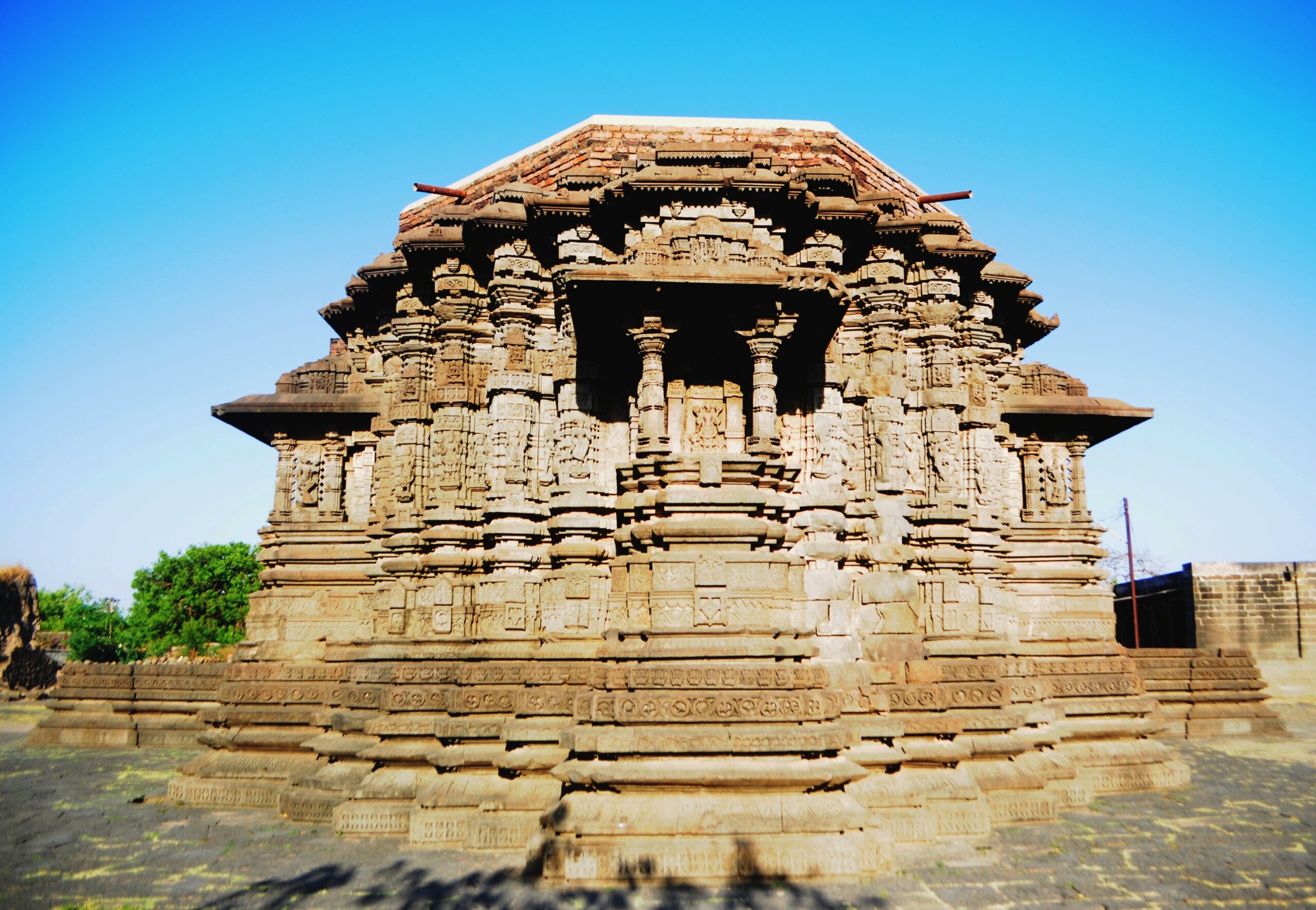
Adding to the crater’s mystique is the ancient Daitya Sudan Temple, built right on the crater rim centuries ago. This temple, dedicated to Lord Vishnu, suggests that ancient peoples recognized something special about this place long before modern science understood its cosmic origins. The temple’s architecture and positioning indicate that its builders had a sophisticated understanding of the crater’s unique properties.
Local legends speak of the crater being formed by a divine battle between gods and demons, with the depression created when a demon was struck down by a celestial weapon. While these stories might seem fantastical, they reveal how ancient cultures tried to explain the obviously unusual nature of this perfectly circular depression. The coexistence of scientific research and religious reverence at Lonar creates a unique atmosphere where past and present converge.
Flora and Fauna: A Biodiversity Hotspot
Despite its harsh conditions, the crater supports a surprising diversity of life beyond the specialized lake organisms. The crater rim and surrounding area host over 160 species of birds, making it a paradise for birdwatchers and ornithologists. Peacocks strut across the ancient basalt while migratory birds use the area as a crucial stopover point during their long journeys.
The terrestrial ecosystem around the crater includes several species of mammals, reptiles, and countless insects that have adapted to the unique microclimate created by the depression. The crater’s walls create a sheltered environment that supports plant communities different from the surrounding plateau. This biodiversity hotspot demonstrates how geological events can create new ecological niches that support specialized communities of life.
Conservation Challenges and Threats
The unique ecosystem of Lonar Crater faces increasing pressure from human activities and environmental changes. Agricultural runoff from surrounding farmland is altering the lake’s chemical composition, potentially threatening the specialized organisms that depend on its extreme conditions. Pollution and sedimentation are gradually changing the very characteristics that make this place scientifically valuable.
Tourism, while bringing economic benefits to the region, also poses challenges to conservation efforts. The delicate balance of the crater’s ecosystem can be easily disrupted by increased foot traffic and infrastructure development. Balancing scientific research, religious significance, and tourism requires careful management to ensure future generations can experience this remarkable place.
Ongoing Research and Future Discoveries
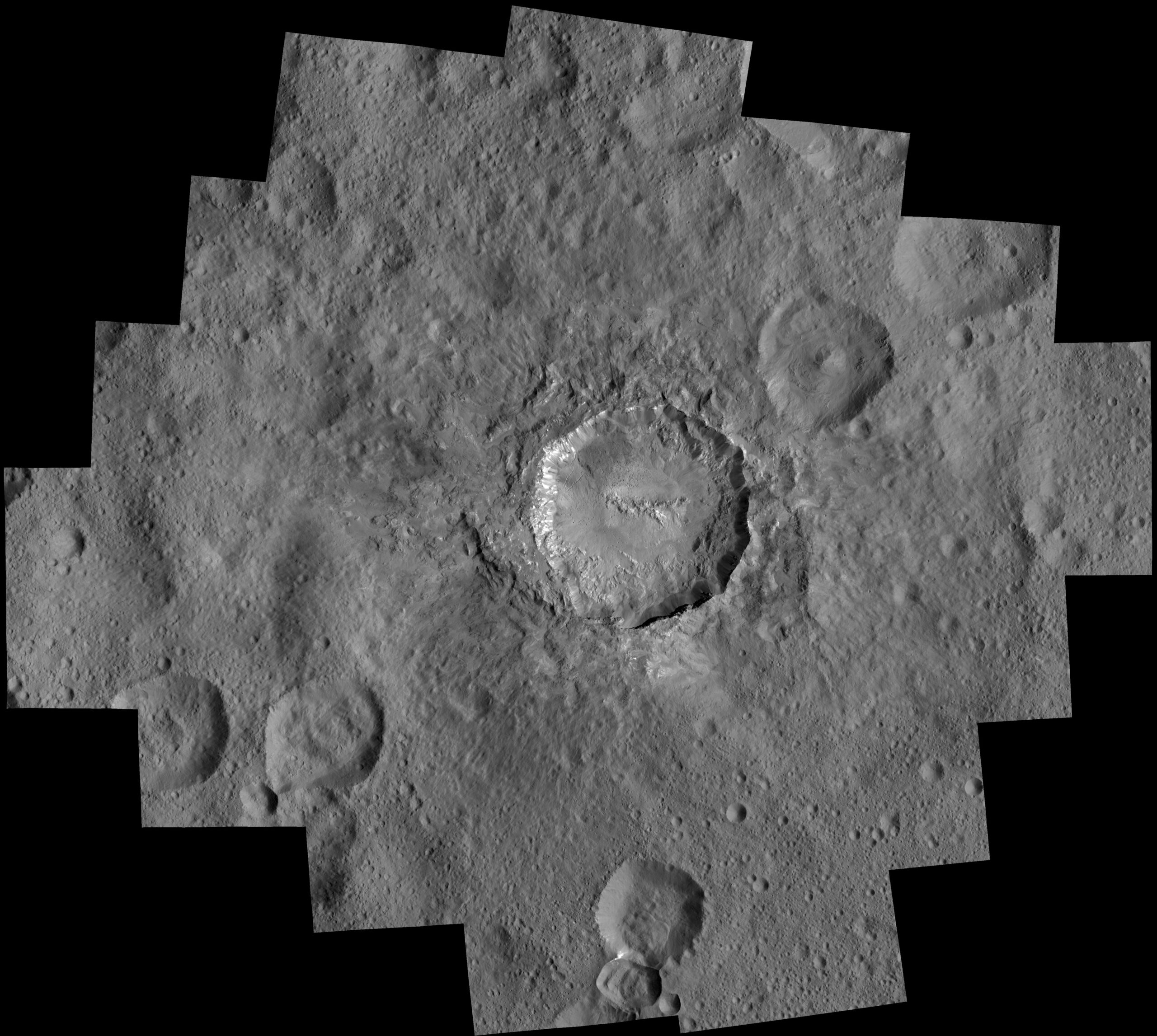
Scientists continue to make new discoveries at Lonar Crater, with each study revealing fresh insights into impact processes and extreme life forms. Recent research has focused on understanding how the crater’s unique environment might serve as an analog for early Earth conditions or even environments on other planets. Advanced analytical techniques are revealing new details about the impact event and its long-term effects.
Future research plans include drilling programs to study the crater’s subsurface structure and the possibility of finding even more unusual life forms in the deeper layers of the lake. These studies could provide crucial insights into how life might survive on Mars or other worlds with harsh surface conditions. The crater continues to be a frontier for scientific discovery, with each new finding adding to our understanding of impacts, evolution, and the resilience of life.
Global Importance and Recognition
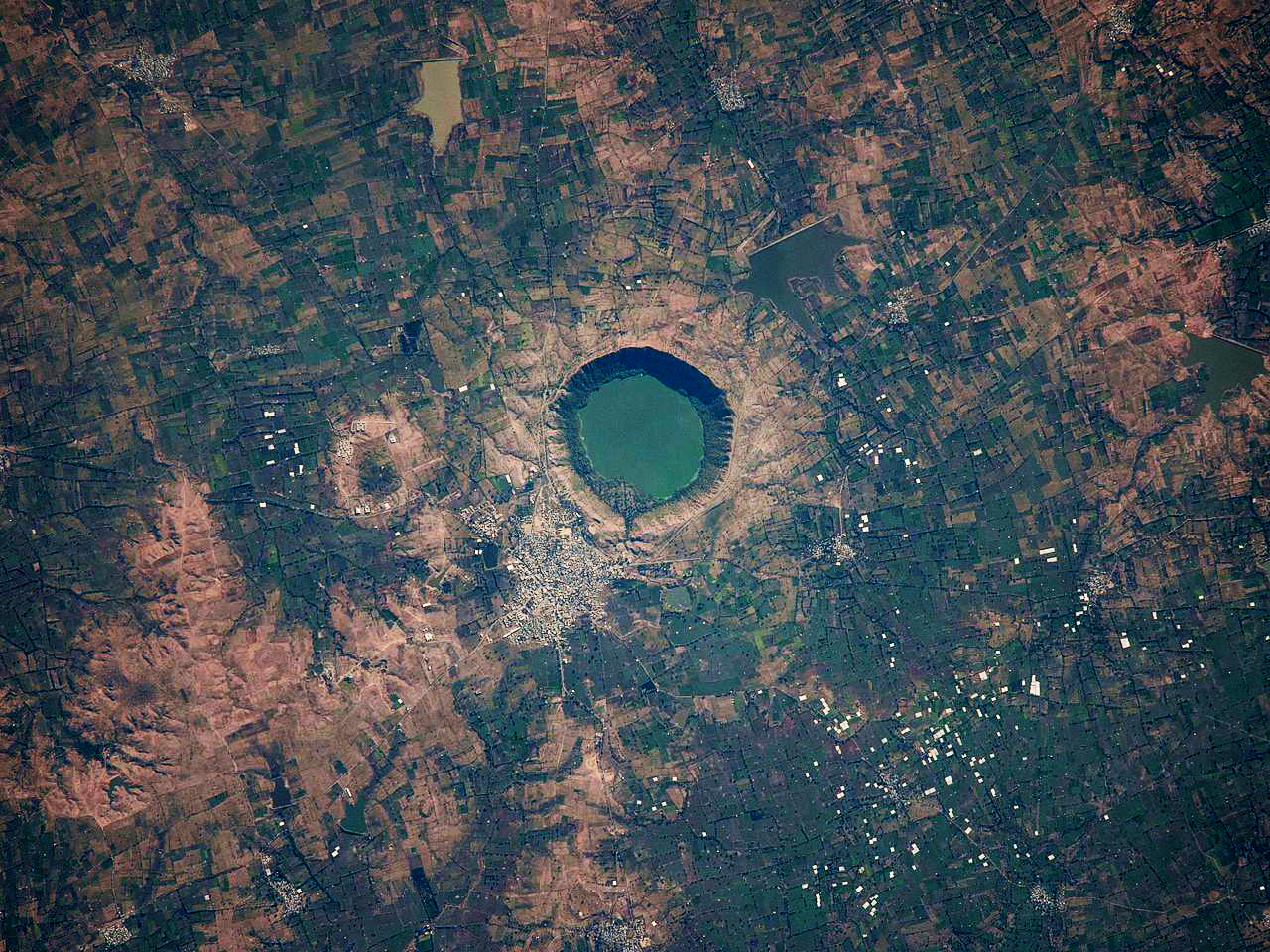
Lonar Crater’s significance extends far beyond India’s borders, representing a crucial piece of our planet’s geological heritage. The site has been proposed for UNESCO World Heritage status, recognizing its unique combination of geological, biological, and cultural significance. International scientific collaborations centered on Lonar continue to produce groundbreaking research that advances our understanding of impact processes and extremophile biology.
The crater serves as a reminder of Earth’s dynamic history and our planet’s ongoing relationship with the cosmos. It demonstrates how catastrophic events can ultimately create opportunities for new forms of life and scientific discovery. As we continue to explore other worlds and search for life beyond Earth, places like Lonar Crater provide invaluable insights into the processes that shape planetary surfaces and the remarkable adaptability of life itself.
The story of Lonar Crater continues to unfold with each passing year, as new research techniques reveal fresh secrets about this remarkable place. From its violent cosmic birth to its current status as a thriving ecosystem and scientific laboratory, the crater represents the incredible power of both destruction and creation in shaping our world. What other secrets might still be waiting to be discovered in this extraordinary window into Earth’s cosmic past?



